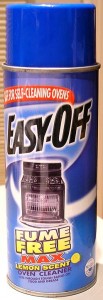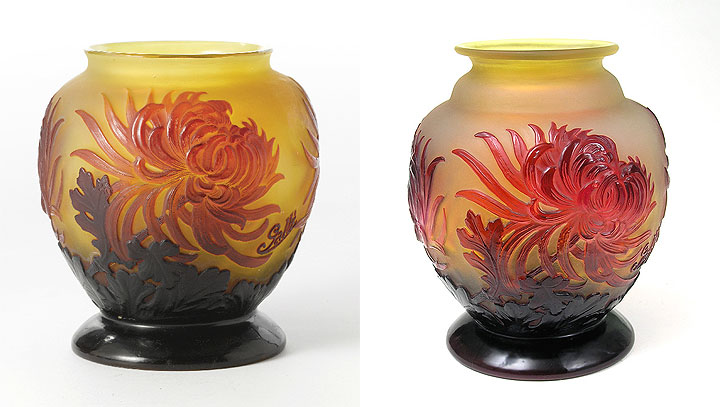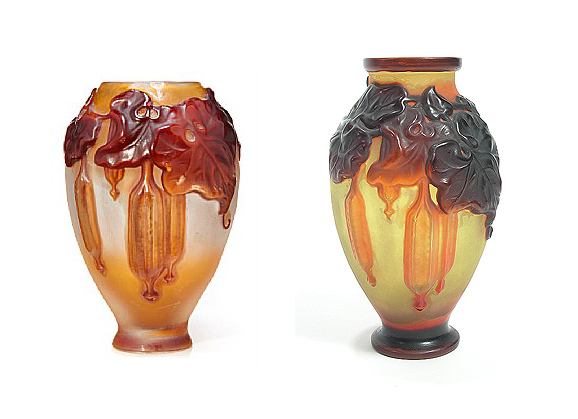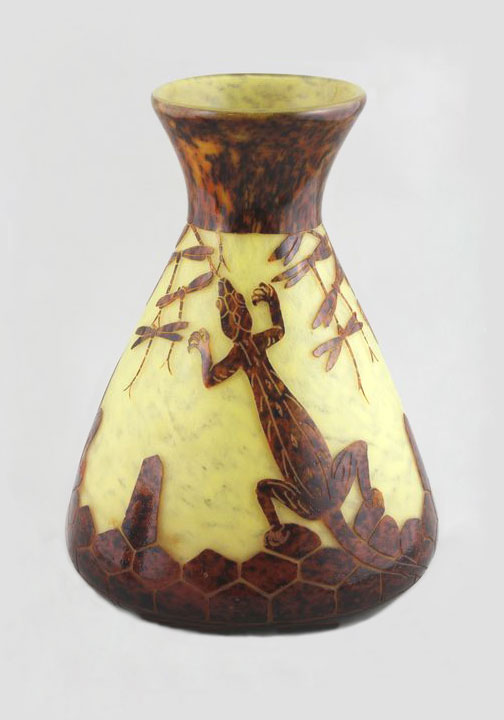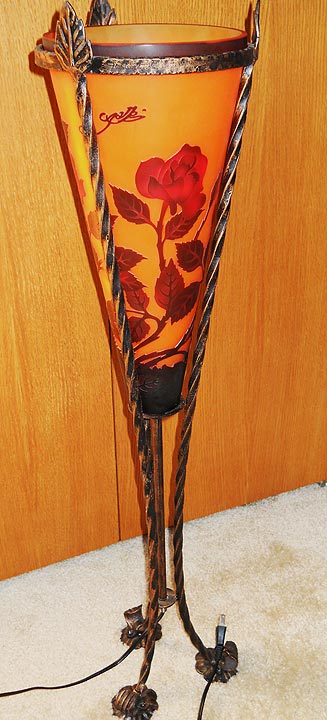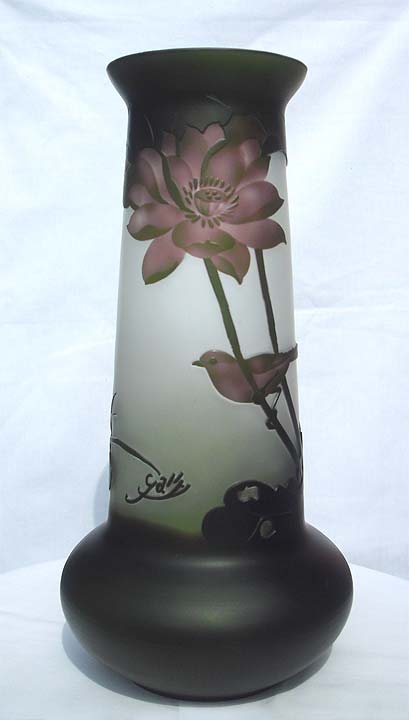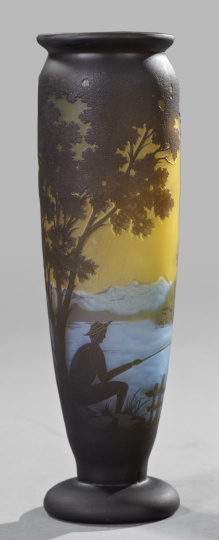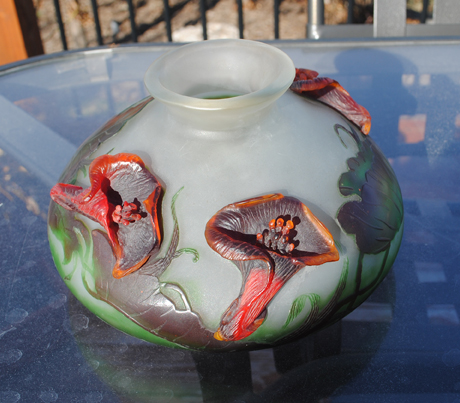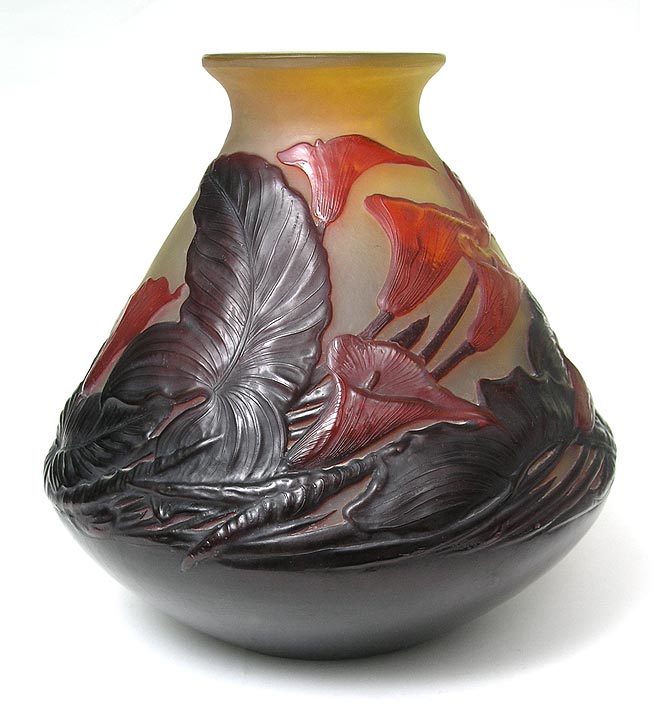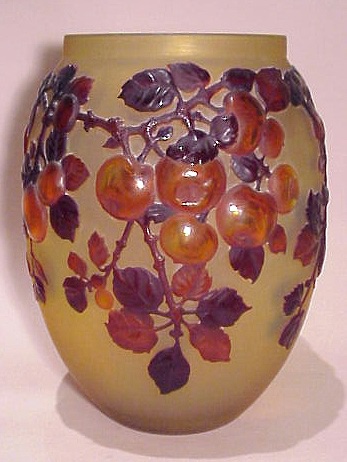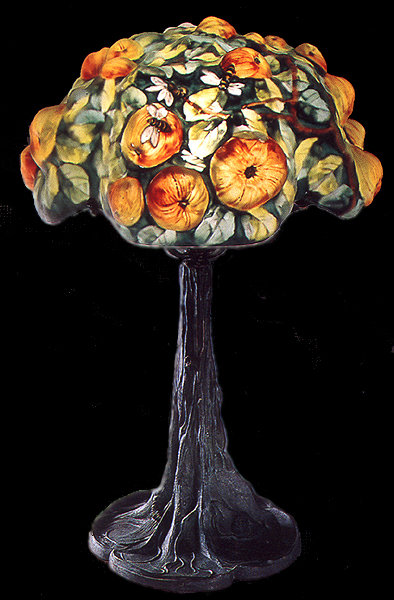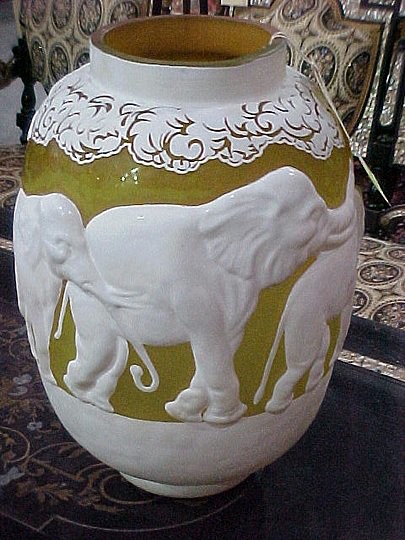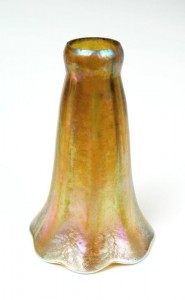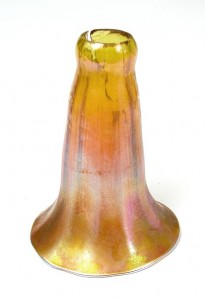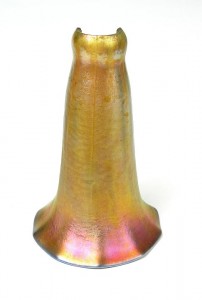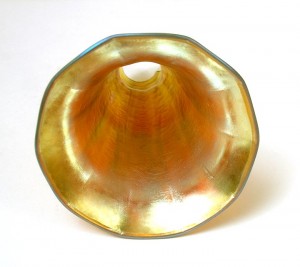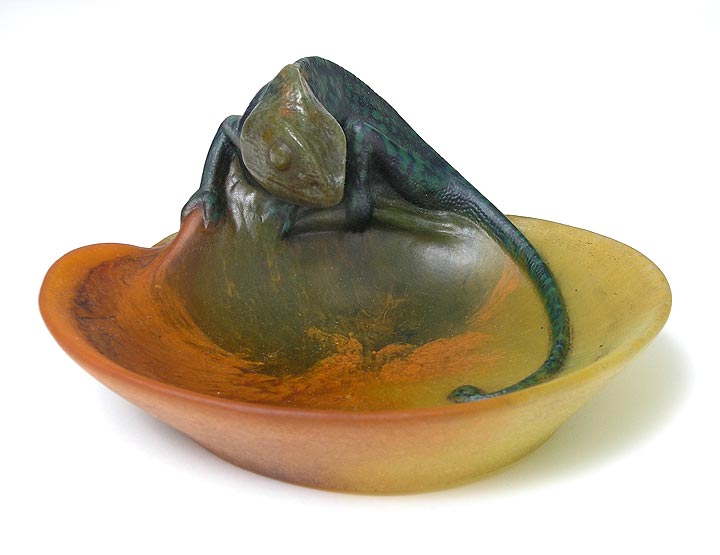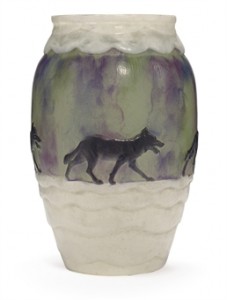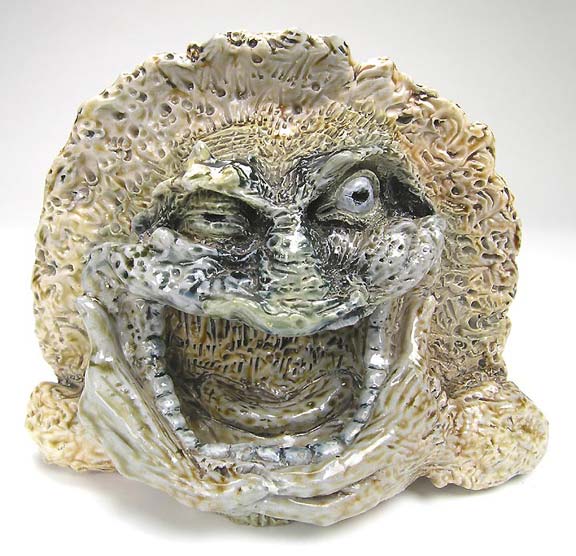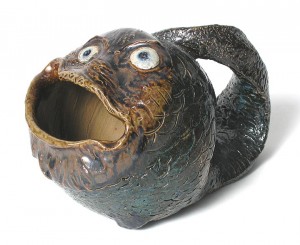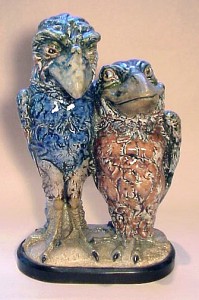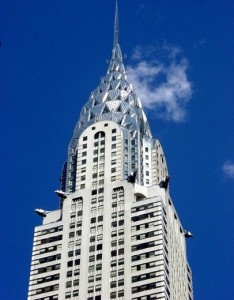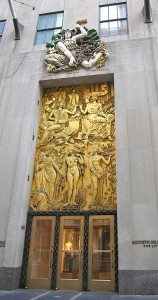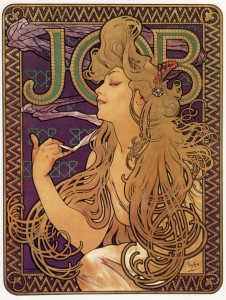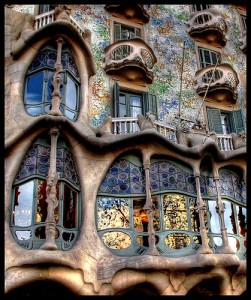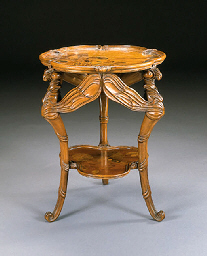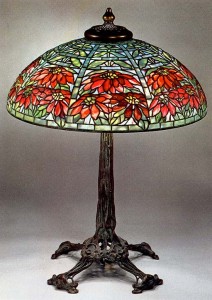My goal is to publish new posts twice a week — Mondays and Thursdays. However, if you don’t see a new post on Thursday, it’s because I was too busy, so please look for a new one the following Monday.
There isn’t much going on in the summer, so I’ve decided to reprint another one of my most popular blogs — How can you tell if an etching is authentic? Here it is in its entirety.

Louis Icart pulling a proof of Joy of Life from the etching press
First one has to understand the process of producing an etching. The artist does his work on a copper plate, so the “original” is a copper plate that’s rarely for sale. To produce the image, the plate first is hand-inked. Then the paper is laid down on top and the two pass together through the etching press, under tremendous pressure. The pressure transfers the image to the paper. Since the copper plate has thickness, it “dents” the paper around the edge of the image. This “dent” is called a plate impression. You can see it and feel it around the edge of the plate. So #1. A real etching has a plate impression.
Since the process is not photographic and there is no printing press, there are no dots in the image. If you use a magnifying glass to look at a photograph in a newspaper, you can see the entire image is made up of dots. Use a magnifying glass with an original etching and there are no dots. So #2. An authentic etching does not have any dots in the image.
After the edition is printed by the master printer, it is given back to the artist for hand-signing. Prints or other fakes have copies of the signature. So #3. Authentic etchings are hand-signed by the artist, usually in pencil.
In the case of Louis Icart, a raised seal called a blindstamp, was created in mid-1926, and is usually found in the lower left corner, just below the image. Most Icart images produced after this time have the blindstamp, but don’t use this information as a crutch. There are some fake etchings that have fake blindstamps. And conversely, there are many authentic Icart etchings that do not have blindstamps. Supposedly the etchings without blindstamps were not for export from France, but personally I’ve found too many instances where this rule doesn’t pertain.
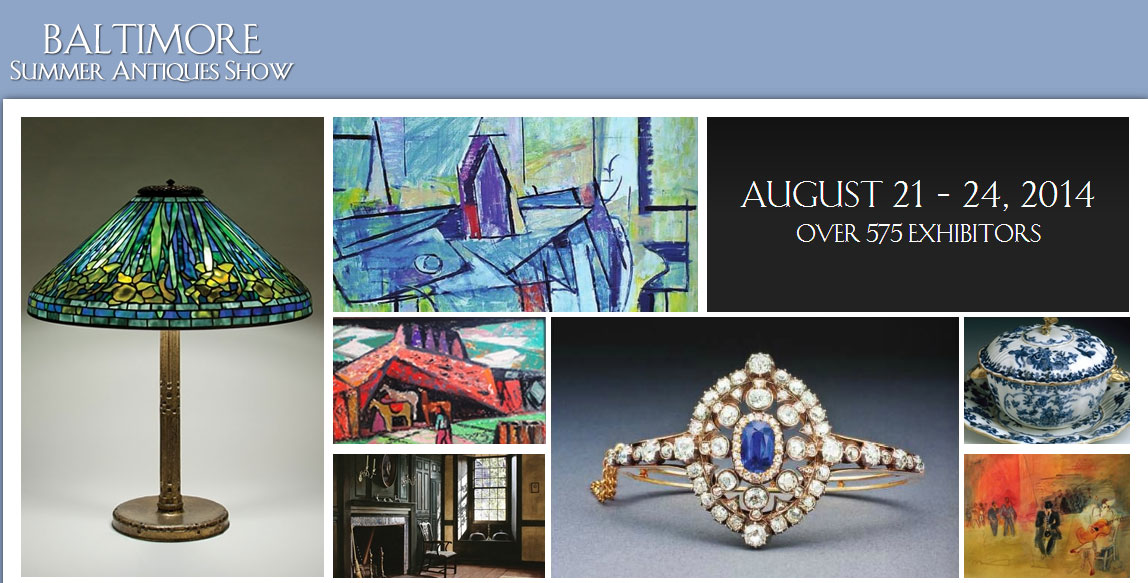 Don’t forget to make your last-minute arrangements for the Baltimore Summer Antiques Fair. It starts this Thursday, August 21st at noon and continues until Sunday, August 24th at 6 PM. I promise you’ll enjoy the show and the Baltimore Inner Harbor. Please come to my booth, #2100, and say hello. Thursday’s blog will be from Baltimore on opening day of the Baltimore Summer Antiques Fair and next Monday I’ll post the results of the show.
Don’t forget to make your last-minute arrangements for the Baltimore Summer Antiques Fair. It starts this Thursday, August 21st at noon and continues until Sunday, August 24th at 6 PM. I promise you’ll enjoy the show and the Baltimore Inner Harbor. Please come to my booth, #2100, and say hello. Thursday’s blog will be from Baltimore on opening day of the Baltimore Summer Antiques Fair and next Monday I’ll post the results of the show.
Click here to view our new website and look around. We always strive to offer the finest objects for sale on our website and at every show. There are many items for sale, sold items with prices and free lessons about glass and lamps.


